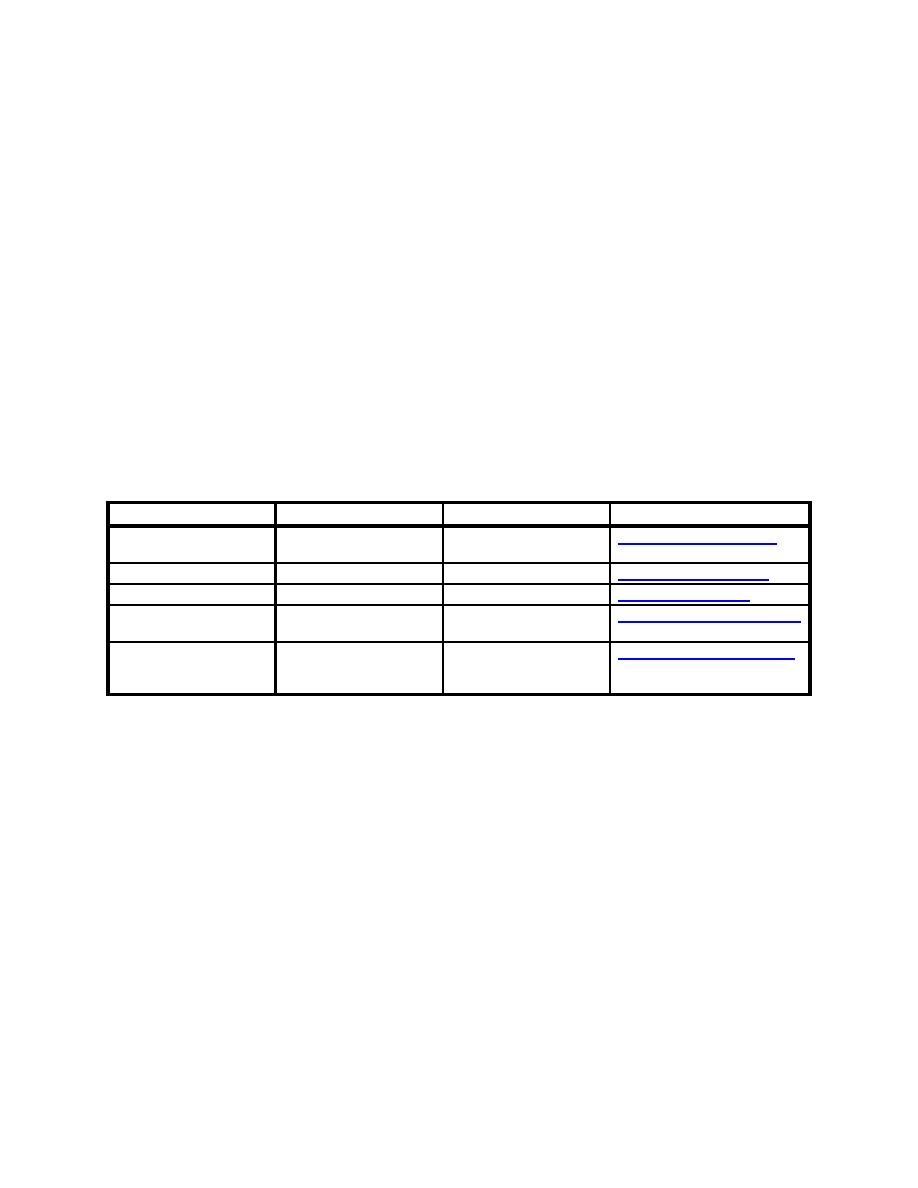 |
||
|
|
||
| |||||||||||||||
|
|
 ERDC TN-DOER-E19
March 2005
2004). Because ambient sediment deposition and resuspension may be of the same order of
magnitude as that induced by dredging or disposal, it is particularly difficult to isolate and
quantify anthropogenic contributions to sedimentation. However, persistent concerns regarding
the impacts of deposition of sediments from dredging or disposal activities on habitats, sessile
shellfish and early life stages of fish require an evaluation of existing or emerging technologies
for quantification of sediment deposition. Sediment deposition is also referred to as bedded
sediment and is the primary focus of this assessment, as distinct from effects of suspended
sediments.
METHODS: In order to understand potential effects of dredging-induced sedimentation, it is
essential to define the critical range of parameters of concern (spatial, volume, temporal scales).
To assist this process a panel of experts in sedimentation measurement and biological impacts
was asked to define existing knowledge of scales of concern for biological response to sediment
deposition, methods of assessing impact, requirements and limitations of existing predictive
models, and state-of-the-art methods of measuring deposition in laboratory and field
experiments.
The following scientists participated in the survey:
NAME
Affiliation
Area of Expertise
Email Address
Dr. W. J. Kenworthy
NOAA/NOS Beaufort
Submerged Aquatic
Laboratory
Vegetation
Dr. K. Able
Rutgers University
Fisheries
Dr. G. Cherr
University of California
Fisheries
Dr. B. Bernstein
Consultant
Benthic Ecology,
Statistics
Dr. W.F. Bohlen
University of Connecticut
Boundary Layer
Dynamics, Sediment
Transport
The expert panel's responses are briefly synthesized in this technical note and more fully
reported in Germano and Carey (in preparation). It should be noted at the onset that this
synthesis focuses on sedimentation (bedded sediments) rather than suspended load per se. It is
recognized that sediments are not likely to become bedded without having first contributed
something to the suspended load, but the intent here to is to evaluate the effects of sediment after
it has settled to the seafloor.
Predicting Impacts
Ranges of ambient sedimentation rates (instantaneous and cumulative) in habitats of
concern. Ambient sedimentation rates in habitats of concern are not well known and appear
highly dependent on events and specific environmental conditions. However, to provide
boundary conditions for field and laboratory measurements to detect change resulting from
anthropogenic effects it is necessary to determine at least a range of ambient rates.
Sedimentation rate is usually defined as the linear accumulation of sediment in centimeters per
accumulation rate (MAR), usually given in grams per square centimeter per year (g cm-2yr-1).
2
|
|
Privacy Statement - Press Release - Copyright Information. - Contact Us - Support Integrated Publishing |